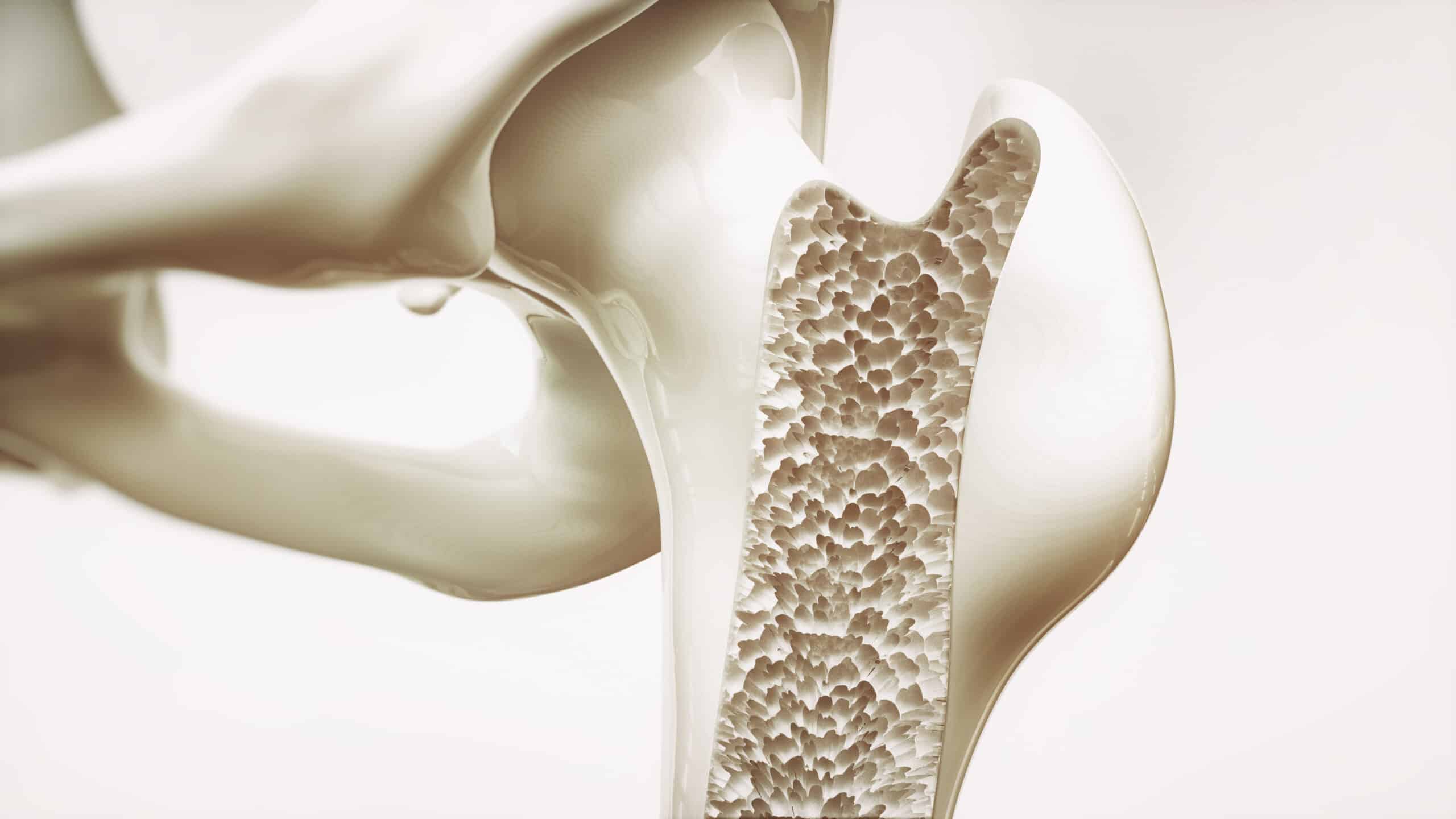There is a delicate balance between osteoblasts that build new bone and osteoclasts that break it down in healthy people, but when osteoclasts become overactive it can result in bone loss and osteoporosis. Most treatments focus on slowing the overactivity, but precursors known as bone marrow mesenchymal stem cells (BMMSCs) could present a different approach.
During osteoporosis, these multipotent cells tend to turn into fat-creating cells, but they could be reprogrammed to help the disease instead. In previous work, Zhengwei Xie and colleagues developed a deep learning algorithm that could predict how small molecule drugs reversed changes to gene expression associated with the disease. This study joined by Yan Liu and Weiran Li used this algorithm to identify treatment strategies for osteoporosis focussing on BMMSCs by running the program on a profile of differently expressed genes in adult and newborn mice.
One of the top-ranked compounds identified by the algorithm was dihydroartemisinin (DHA), a derivative of artemisinin and an important component of malaria treatments. According to the researchers, animal models of osteoporosis experienced significantly reduced bone loss in their femurs and nearly completely preserved bone structure after administering DHA extracts for 6 weeks.
The researchers then designed a more robust system to improve delivery: DHA-loaded nanoparticles. Animals with induced osteoporosis were given treatments with the improved injections, their bones were found to be similar to those in the control group, and the treatment showed no evidence of toxicity. Additional testing showed that DHA interacted with BMMSCs to maintain their stemness and ultimately produce more osteoblasts, suggesting that DHA is a promising therapeutic agent for the treatment of osteoporosis.
The authors acknowledge funding from the National Natural Science Foundations of China, the Beijing International Science and Technology Cooperation, the Beijing Natural Science Foundation, Peking University Clinical Medicine Plus X — Young Scholars Project, the Ten-Thousand Talents Program, the Key R & D Plan of Ningxia Hui Autonomous Region, the Innovative Research Team of High-Level Local Universities in Shanghai, the Beijing Nova Program, the China National Postdoctoral Program for Innovative Talents, the China Postdoctoral Science Foundation, and the Peking University Medicine Sailing Program for Young Scholars’ Scientific & Technological Innovation.




